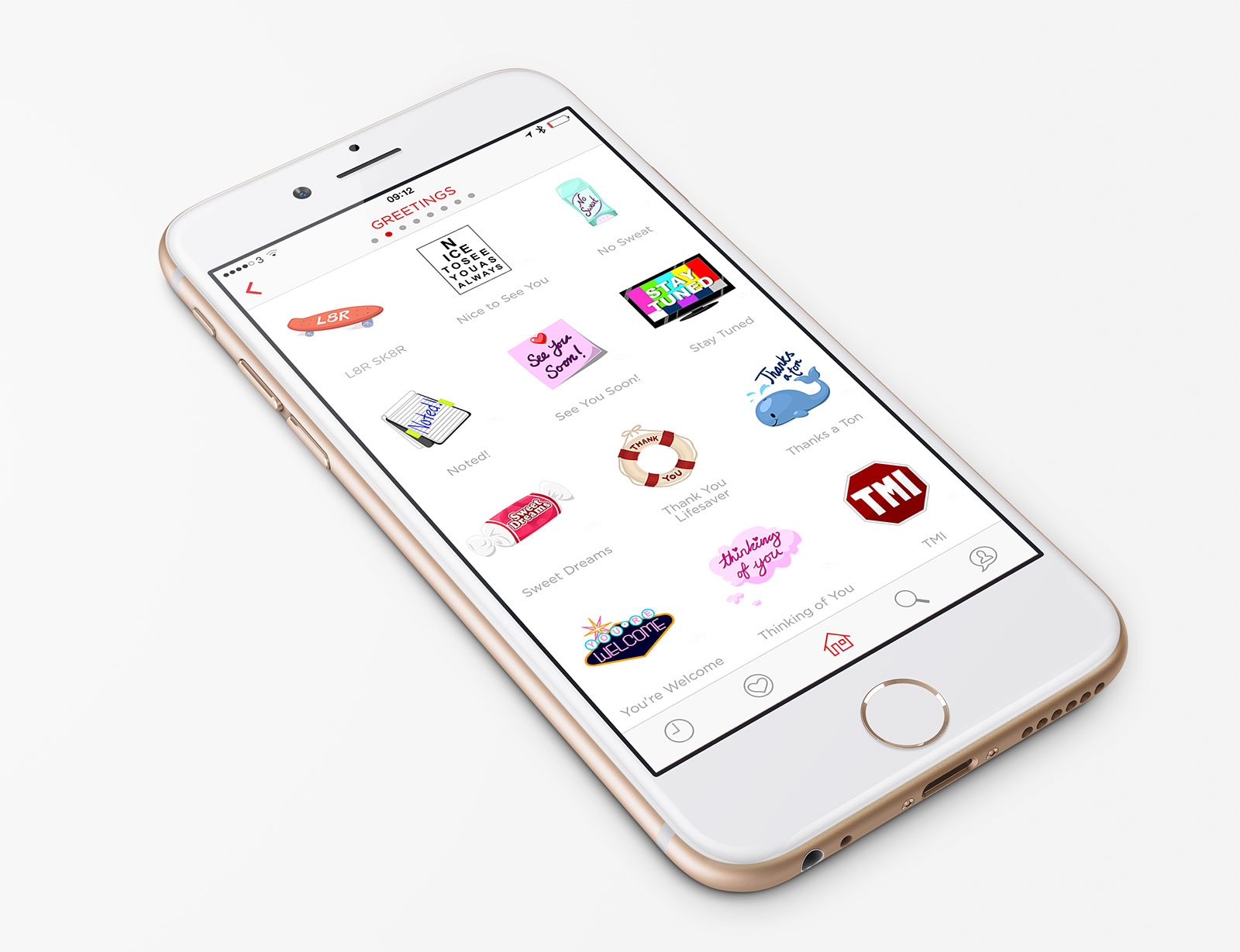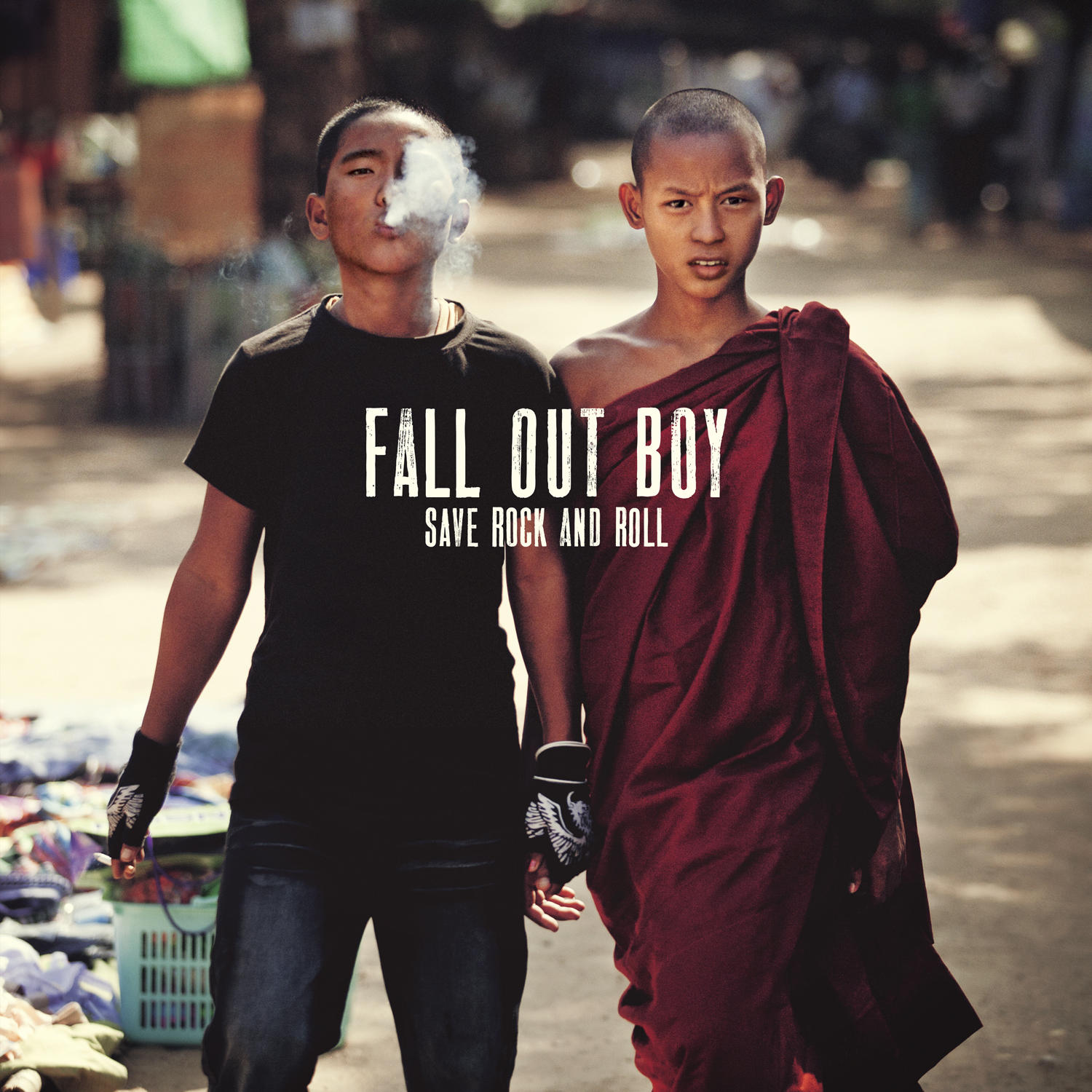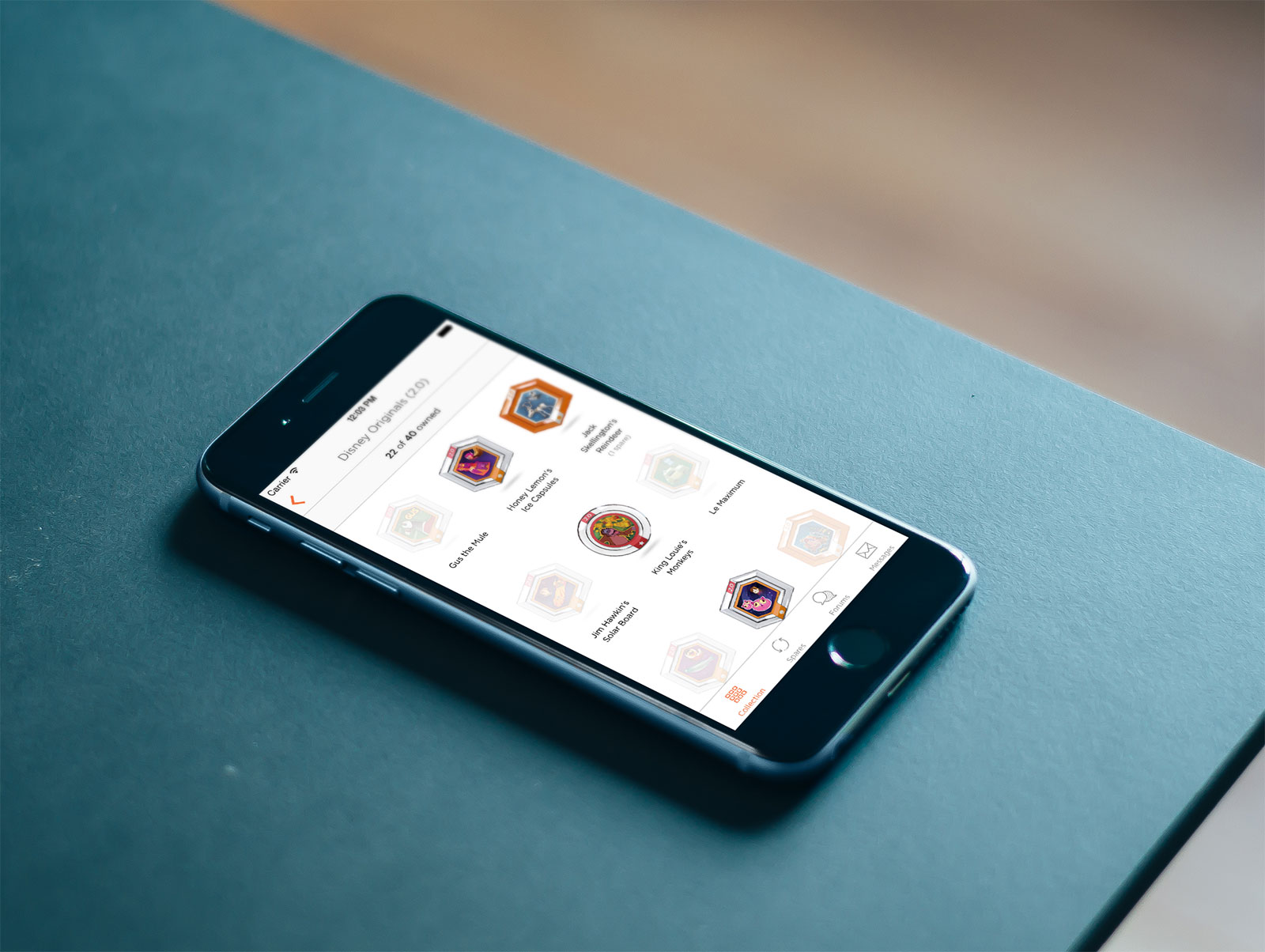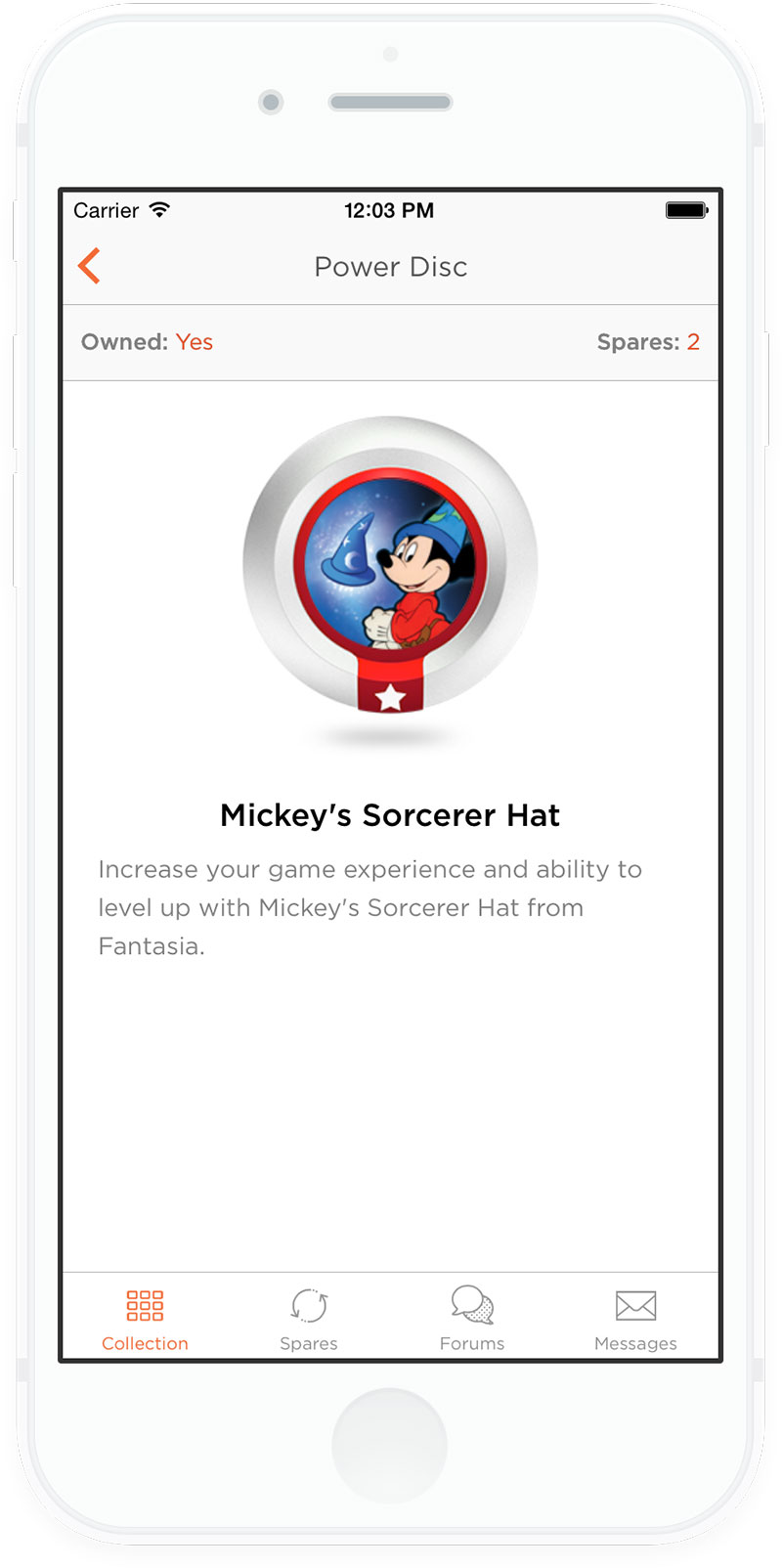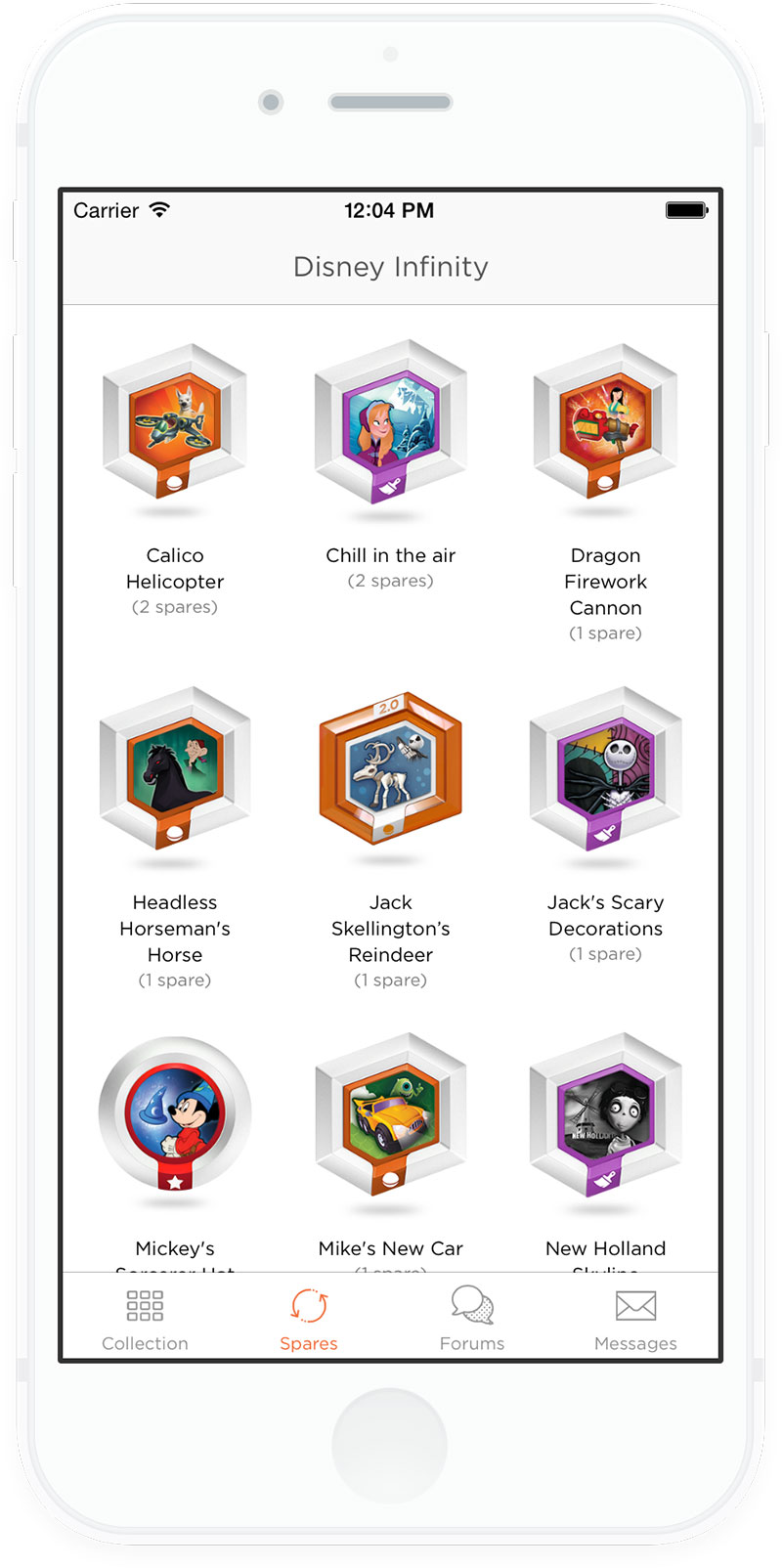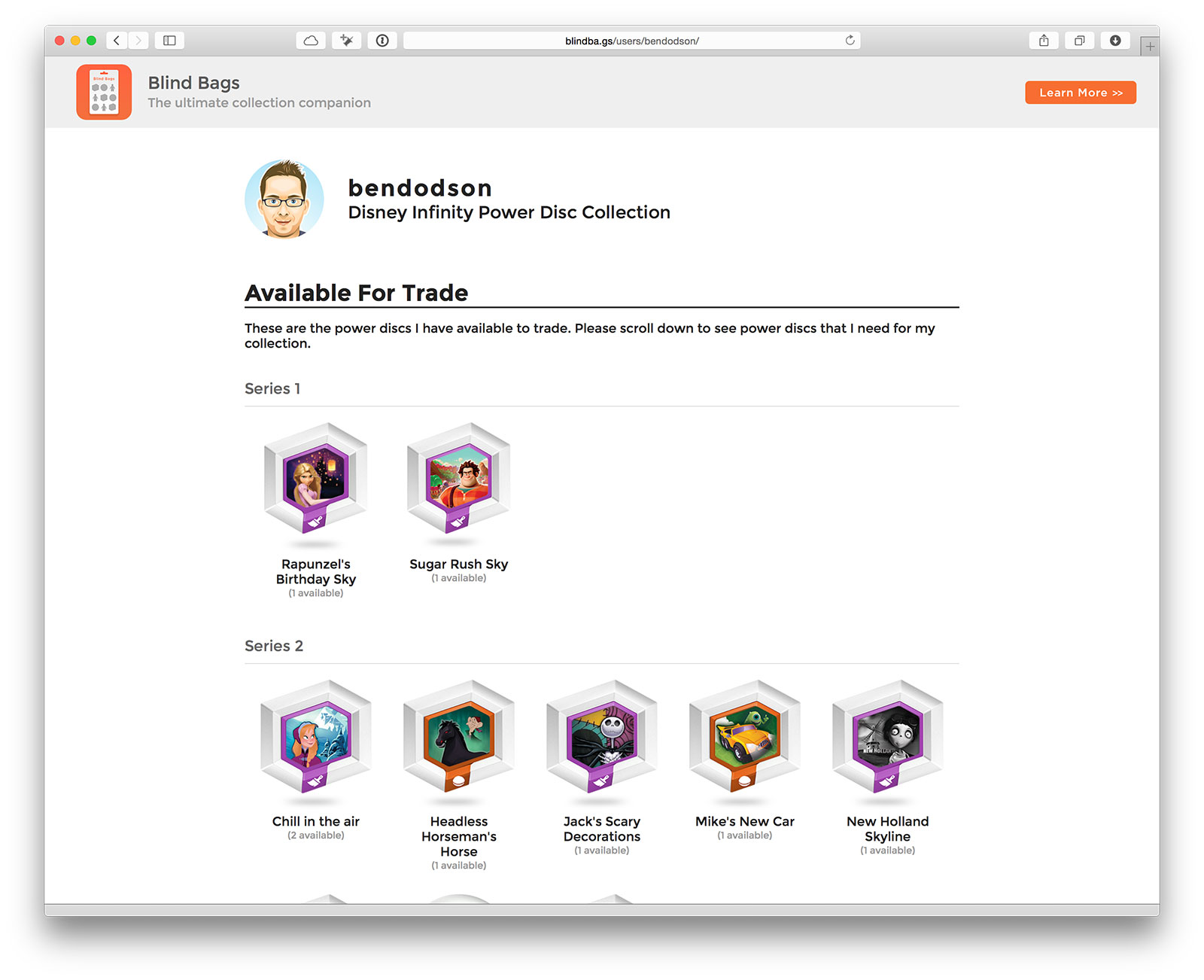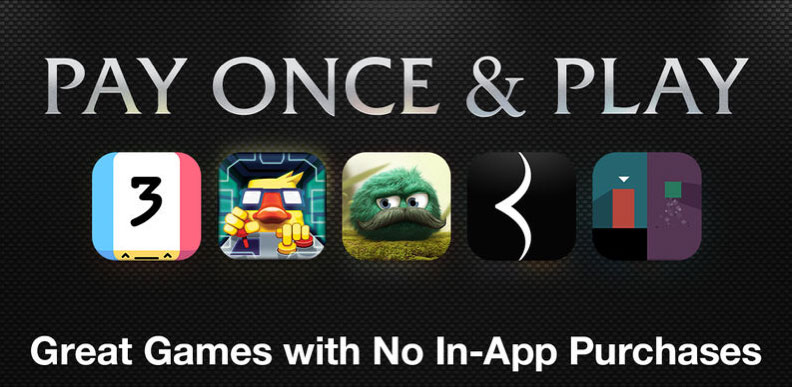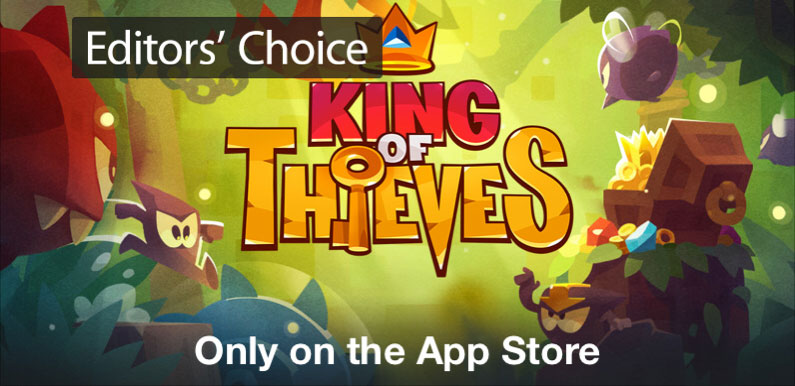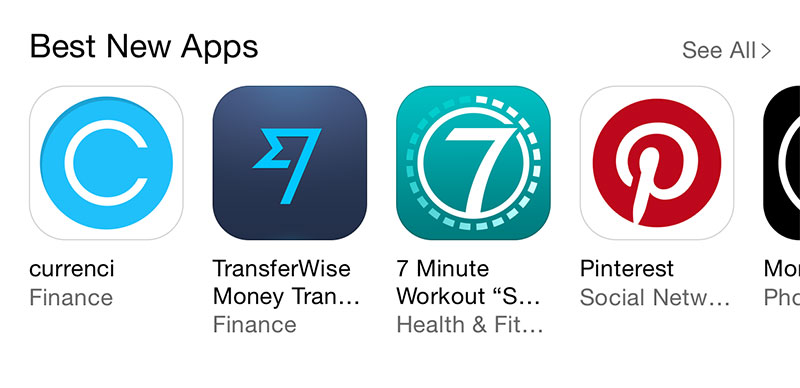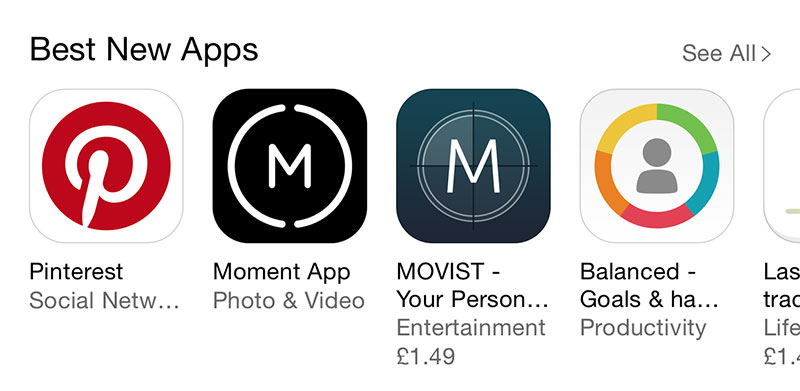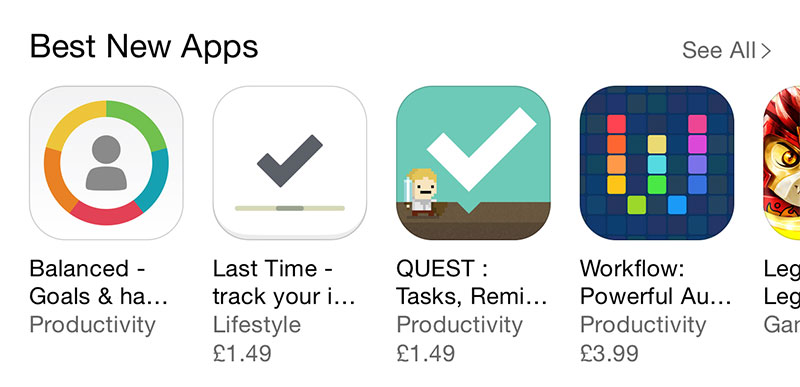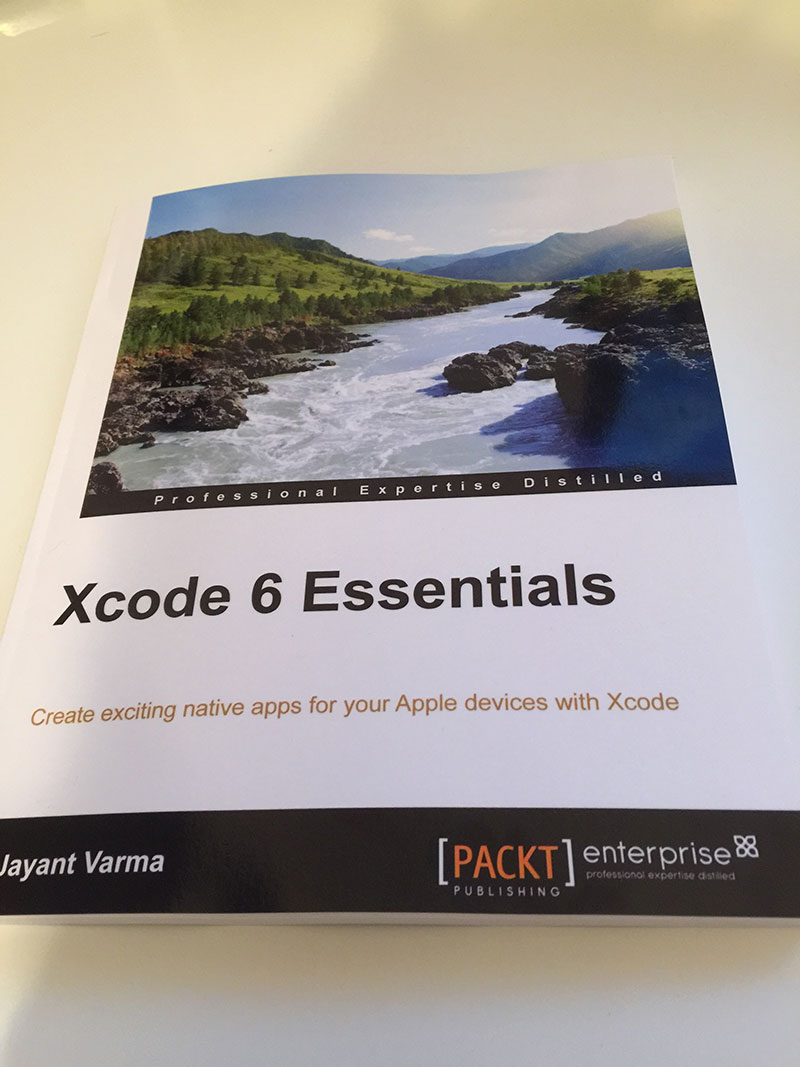Initial thoughts on Apple Watch
After a bit of hassle with the delivery company1, I was lucky enough to get my Apple Watch yesterday. A few people have asked for my opinions so I’ve jotted down a few rough observations:
-
It’s small. Surprisingly so (especially when compared to other smart watches). I went for the 42mm Apple Watch (Stainless Steel2) and it feels incredibly comfortable. It probably could have been 44mm or more and still feel comfortable. It isn’t bulky, heavy, or thick. Of course this is just my own aesthetic opinion and your mileage may vary - the “try on” appointments are a great way to see them up close before ordering. I also like the detail that has gone into it. For example, my watch came with a white sport band but what I hadn’t realised is that the band has the same stainless steel for the pin as the watch body. If you buy the band separately, it is aluminium like the sport watch. One other thing: the box that it came in was incredible and really made it feel like this was a special product. I won’t post pictures as I’m sure there are thousands of unboxing videos online but the steel watches come in a big cube - the sport watches, in contrast, come in a flat oblong box which is probably the reason for the awesome spring-loaded UK plug.
-
My main use case is notifications. I’ve already had several instances where a small nudge has allowed me to see and dismiss a notification in 2 seconds or so. I typically have my phone on silent with no vibration3 which means I frequently have to get my phone out of my pocket to check the screen and see if I’ve missed anything. This has become even more important now my wife is doing shift work in the evenings as she texts me when she needs me to come collect her from work - I frequently miss these texts! With the watch, I get a subtle nudge4 and when I raise my wrist it shows me what type of notification it is: iMessage, Facebook, Mail, etc. At that point, if I’m not bothered I can lower my wrist and it’ll go but if I keep it raised a half second longer then it shows me more detail (generally the content of the message). Today whilst I was washing up I got a breaking news notification from the BBC, an “it’s about to rain” notification from Dark Sky, an email from my mum, and a few likes on Instagram. The only time I had to stop what I was doing was when I tapped on my wrist to read the email in full as that was the only thing I wanted to read right then. Had that been my phone buzzing on the table, I probably would have stopped and started several times.
-
Apps are a bit pants. I didn’t have high expectations for 3rd party apps as they are really just glorified extensions. They are better than I thought but can be quite slow to load sometimes and generally I could have done whatever I needed to do quicker on my phone by that point. For example, Philips has a Hue app which lets me turn my lights on / off around the house and change the colors. However, it’s an app rather than a glance so you have to go to the home screen, tap on the icon, wait (a while) for it to load, and then finally choose from the options. The issue is that is is slower than using the “today widget” they have for notification center on my iPhone which I can access from the lock screen (and the iOS widget is more useful as one tap turns a scene on and another turns it off - the Watch app only does “on”). These are things that will improve and some of the glances are pretty good for an overview but this isn’t a native app experience. It’s very much iOS 1.0 with the HTML “apps” than the App Store we have now5.
-
Some 3rd party apps aren’t there. The thing I’ve found most surprising is that there are many big name apps which simply aren’t there at launch, most notably (for me) are Facebook and WhatsApp. This means when you get a notification from these services, you can read the text (same as an iOS push notification) but you can’t reply from the watch or do anything at all. Bearing in mind there are over 3000 apps at launch, I’m very surprised that these two aren’t there. As above, this is something that will improve over time but it is frustrating getting a “someone commented on your photo” notification and not being able to read it. This is a tad hypocritical as I’ve publicly said we’re not doing an app extension for WallaBee6 but then Facebook has a lot more money and developers than me…
-
Some 1st party7 apps aren’t there. Much has been made of the lack of a web browser8 but the thing that really surprises me is the lack of the reminders app. One of the use cases I had for the watch was grocery shopping lists. When my wife goes to the gym I typically drop her off and go and do the weekly grocery shop - we have family sharing enabled so recently we’ve been using reminders so she can add things to the list and I can see it whilst shopping. However, holding an iPhone 6 Plus in one hand and pushing a full trolley is actually quite hard whilst you’re looking for a specific type of quinoa seed9. Hence I thought that the watch would be great as I’d be able to see our list and cross things off as I grab them. It isn’t to be though as there is no reminders app - you can set reminders via Siri and you get the notifications but you can’t just view your reminders and tick them off in a list. There are 3rd party apps available (such as the wonderful “Things”) but then you start having to do jiggery pokery with certain reminder lists being imported and I don’t really want to see 60 items in my to-do list on my desktop. It seems a very odd omission so I’m hopeful that a WatchOS update will see that app added.
-
Exercise. I haven’t done anything other than walking the dogs but from what I’ve seen it works well. I started up the exercise app and chose “outside walk” and it logged my distance, calories burned, heart rate, etc. I’m looking forward to taking it out for a run at some point soon.
-
Notifications again. I just had to mention “Knock”. It’s an app that allows you to unlock your Mac by knocking on your iPhone (by some sort of dark magic as far as I can tell) but it is now updated for Apple Watch. Basically, when I sit at my desk and move my mouse, the computer comes out of standby and shows the lock screen and I get a notification on my wrist - tapping it unlocks the Mac. I have a pretty long password so it is a nice feature but it shows some of the potential of location-aware apps. I’ve always said that the Apple Watch will be like Disney’s MagicBands and this seems to be true when you consider you can use it to unlock doors (and computers) and pay for things (in the US… grrrr). Knock is just one of those “this is cool” moments about the watch.
-
Apple Pay. Seriously, this needs to come to the UK. We already have all of the NFC hardware so I can’t see what the hold up is. I firmly believe that Apple Pay will become my #1 use case for the watch.
-
Digital Touch. I had a chance to play with the digital touch stuff this morning and it works pretty well. The only thing I dislike about it is that you don’t get the taps in real time unless you have the requisite app open; you get a standard notification to say “someone sent you a digital touch message” which when you open then plays it back. I really wanted this to happen without the notification step so my wife could send me some taps and I’d receive them on my wrist without doing anything (so, for instance, she could send 2 taps to say she is ready for me to pick her up). Might as well just send a txt if it is going to require me to look at the watch to open the message.
-
Ordering process. I’ve seen a lot of complaints about the ordering process and how Apple has screwed everyone over with a 2-week release period and no ability to queue and get one. My assessment is that the watch has been much more popular than they imagined and that gauging which models people would choose is a lot tricker than many give credit for. With the iPhone and iPad, it is fairly easy as you have a choice of storage tiers and, in the case of the iPad, Wi-Fi or Cellular. You can do market research (based on what they’ve sold previously) to work out which ones you need the most of and where. However, with the watch the majority of it is purely aesthetics. How do you get the right split between the different coloured bands or know if people will be willing to pay extra for Stainless Steel, a leather loop band, or a link bracelet? It seems there could be some manufacturing issues as well in that there hasn’t been a single pink band seen in the wild yet (not even in the demo units at Apple Stores) and none of them have shipped. Several of the other bands aren’t shipping yet either - I wanted my watch to come with the black leather loop but that would have meant waiting 4-6 weeks so I went for a white sport band (I ordered the leather loop separately and it could be here next week).
I think that is pretty much all of my first impressions for the time being. In short, I’m finding it to be a great device for small interactions and for being able to triage incoming notifications when your hands are full. It’s the first step to an incredible wave of products (from all manufacturers) and I think most people will be pleased with it. Just don’t go in expecting the 3rd party apps to be at the level that they are on iOS devices currently.
-
It’s the first time Apple have shipped anything by UK Mail and I hope the last. Whilst it was in the UK well in advance of the dispatch notice, it went out for delivery at 5.40am and then an hour later was listed as “delayed” with a date of 27th April for delivery. I phoned UK Mail and had to wait 2 hours for them to call me back to say that I could come and pick it up from the depot on the Saturday - however, during that time, the status had changed back to delivery for that day. When the driver turned up, he was quite rude and complained about all the people buying Apple products as meant he had to deliver more! ↩︎
-
I wish there was a better way of saying “the watch that isn’t the sport one or the gold one” - peculiar to name a specific model the same as the whole line. Reminds me of when they went for “the new iPad” rather than “iPad 3” (but at least then you could call it that). ↩︎
-
The reason being is that when I’m working on my computer, I frequently get notifications on both (i.e. from Tweetbot) - I don’t like having my phone vibrating across the desk all the time so I have that switched off. ↩︎
-
I have the sounds on at the moment but I’ll turn them off soon - it’s just for the novelty of being able to say “oh, is that my APPLE WATCH” to people nearby. I’m a bit of a dick like that. ↩︎
-
That might a bit unfair. Some of the apps work well but it is very hit and miss. ↩︎
-
The main reason being that adding more interactivity to the notifications (like the ability to reply to a message) would mean adding an app to the watch. Once you do that, you’re getting into a lot of work. I wish there was a way you could add a custom design to notifications without doing an app (so I could show an image when we release a new item) but again, the only way to do that is to go for a full watch app. The experience of that would be slower than the iPhone so for now it isn’t very compelling for me with my business hat on. ↩︎
-
Whilst typing this I realise we have a concept of “1st party / 3rd party” and “1st person / 3rd person”. Does “2nd party” or “2nd person” exist? After a bit of googling, the “2nd party” would be “you” (i.e. 1st party is Apple, 2nd party is consumer, 3rd party is developer). There’s a few times a day where little questions like these pop up - Siri on the watch is pretty good for getting quick answers to them. ↩︎
-
It reminds me of when iBooks launched and it was iPad only. Lots of people asked why it wasn’t on iPhone to which the general consensus was “It would be shit”. Of course, it then did appear on iPhone but I don’t think it’ll happen with Safari on the watch. There is a 3rd party browser available already though. It looks shit. ↩︎
-
First world problems, right? ↩︎
